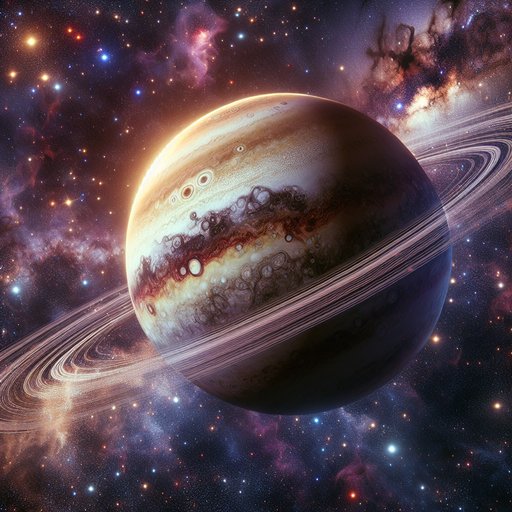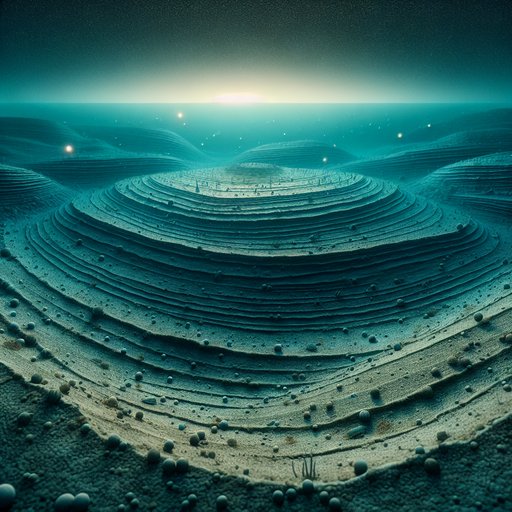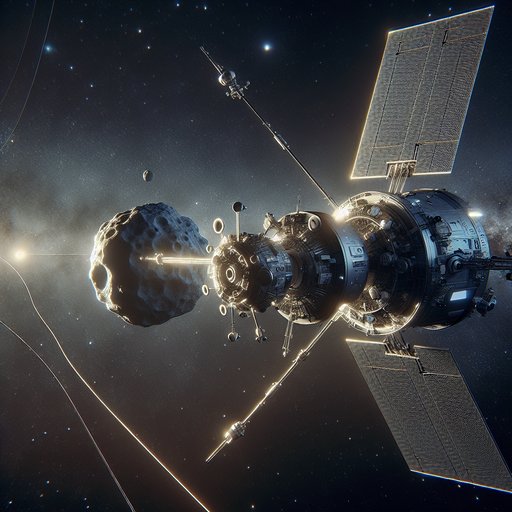
In a surprising and engaging turn of events, the James Webb Space Telescope (JWST) has uncovered a baffling cosmic phenomenon involving the distant dwarf planet, Quaoar. Contrary to prior astronomical expectations, Quaoar lacks an atmosphere while possessing rings that defy current scientific understanding. This discovery has ignited scientific curiosity and academic debates as it challenges conventional planetary science models, offering a tantalizing glimpse into the universe's enigmatic complexity. The observations were revealed at the American Astronomical Society meeting, prompting a reevaluation of the physical properties governing such celestial bodies.
The JWST's findings establish that Quaoar, a relatively unexplored dwarf planet orbiting beyond Neptune, boasts a peculiar set of attributes that have astonished the astronomical community. Traditionally, rings are formed within the Roche limit, where tidal forces prevent material from coalescing into moons. Remarkably, Quaoar's rings exist outside this limit, leading scientists to reconsider how these structures can be stable in these conditions [1]. These findings implicate complex gravitational dynamics that may influence ring formation and stability in ways previously unimagined.
Complicating the mystery is Quaoar's apparent lack of an atmosphere, a trait that could have provided answers to why its rings defy conventional behavior. Typically, atmospheres can influence the distribution of particles in these rings, much like how Saturn's atmosphere interacts with its own rings. However, the absence of any observable atmospheric elements on Quaoar emphasizes the majestic isolation of these rings, serving as a natural laboratory offering fresh insights into particle dynamics and gravitational interactions in isolated environments [1]. This revelation comes during a challenging period for space research, as recent budget constraints under President Trump's administration threaten the continuation of various space telescope projects.
Both the Hubble and JWST face uncertain futures with potential funding cuts looming. Despite these challenges, the JWST's success demonstrates its significant value in advancing planetary and astrophysical knowledge [2]. This particular observation of Quaoar underscores its ability to transform our understanding even amidst financial and operational uncertainty. As scientists continue to analyze the data collected from this and similar astronomical observations, the implications extend beyond determining the dynamics of small planetary bodies.
Debates are also emerging about the methodologies used to digitally process and interpret these findings, with some experts advocating for improved algorithm training to ensure observational accuracy and precision [3]. The Quaoar phenomenon not only enriches our understanding of the solar system's outer reaches but also exemplifies how cutting-edge technology can continuously surprise and challenge scientific paradigms.
Sources
- Quaoar's Atmosphere Doesn't Exist And Its Rings Shouldn't (Universe Today, 2025-07-08)
- How Trump's budget cuts could affect 2 iconic space telescopes: Hubble and James Webb (Space.com, 2025-07-08)
- Astronomy has a major data problem – simulating realistic images of the sky can help train algorithms (Space.com, 2025-07-08)
























